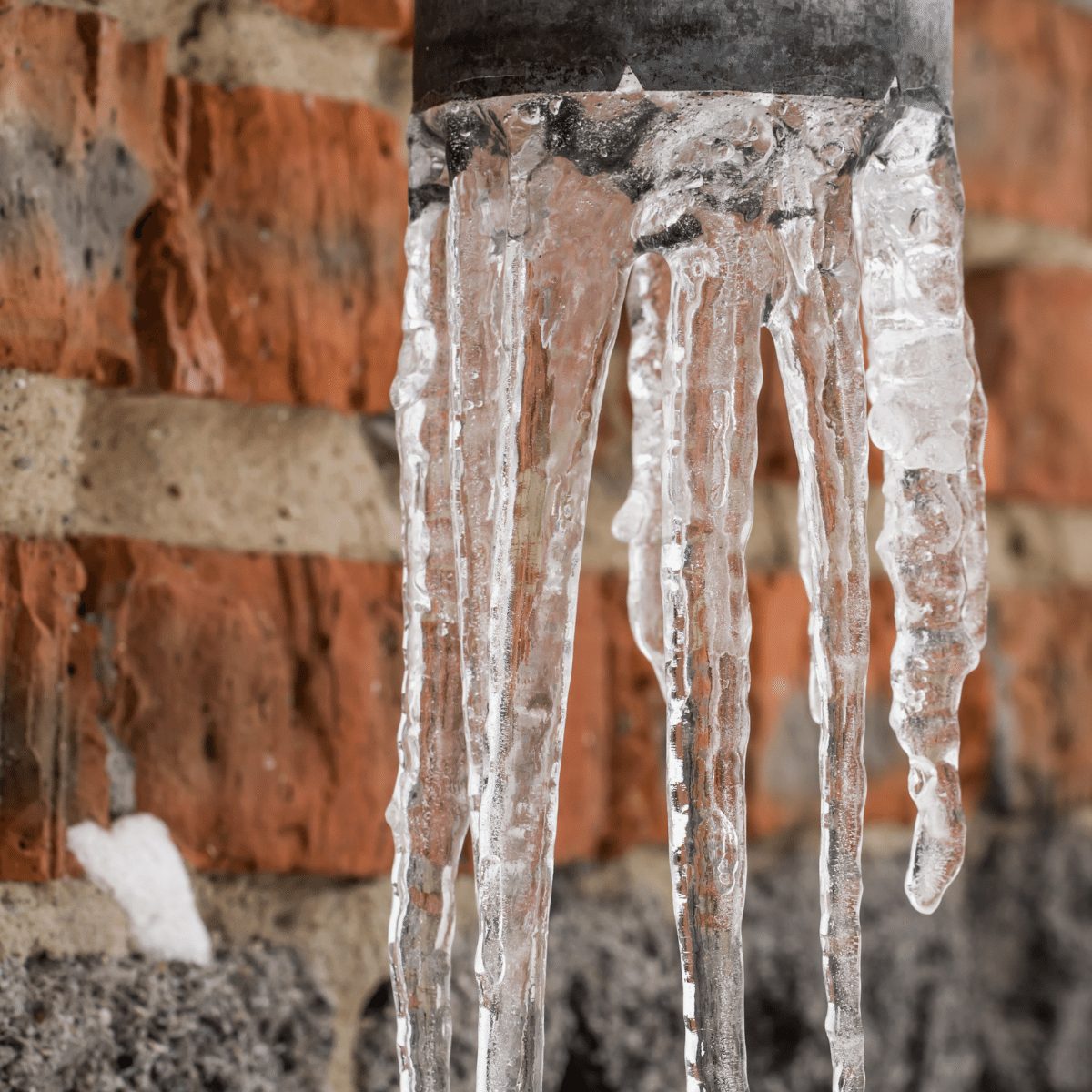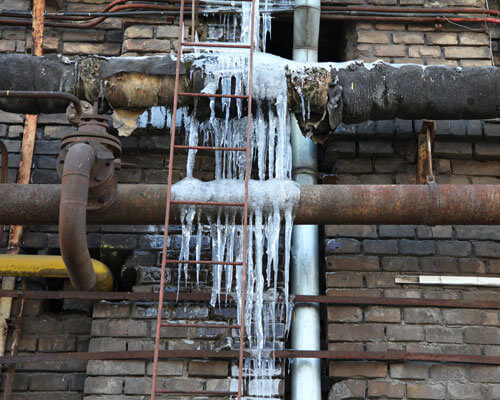Preventing Frozen Pipes in Cold Weather: Pro Tips
Preventing Frozen Pipes in Cold Weather: Pro Tips
Blog Article
Were you trying to locate ideas involving How To Avoid Freezing Pipes?

Cold weather can ruin your pipes, specifically by freezing pipes. Below's just how to prevent it from occurring and what to do if it does.
Intro
As temperature levels drop, the threat of icy pipelines boosts, potentially resulting in expensive repair services and water damages. Comprehending exactly how to avoid frozen pipes is crucial for home owners in cool environments.
Comprehending Frozen Pipelines
What triggers pipes to ice up?
Pipes ice up when revealed to temperatures below 32 ° F (0 ° C) for expanded periods. As water inside the pipelines freezes, it broadens, taxing the pipe walls and possibly creating them to burst.
Dangers and damages
Icy pipelines can cause supply of water disturbances, residential property damages, and expensive fixings. Burst pipes can flooding homes and cause substantial architectural damage.
Indications of Frozen Pipeline
Determining icy pipes early can prevent them from rupturing.
Just how to determine icy pipelines
Look for decreased water flow from faucets, uncommon smells or noises from pipelines, and noticeable frost on revealed pipelines.
Avoidance Tips
Protecting prone pipes
Wrap pipes in insulation sleeves or utilize heat tape to secure them from freezing temperature levels. Concentrate on pipelines in unheated or exterior areas of the home.
Home heating methods
Keep interior rooms adequately heated, specifically areas with plumbing. Open up cabinet doors to enable cozy air to circulate around pipelines under sinks.
Safeguarding Exterior Plumbing
Garden pipes and outdoor faucets
Separate and drain pipes yard tubes before winter. Install frost-proof faucets or cover exterior faucets with insulated caps.
What to Do If Your Pipes Freeze
Immediate actions to take
If you presume frozen pipes, keep taps available to alleviate stress as the ice melts. Utilize a hairdryer or towels taken in warm water to thaw pipelines slowly.
Long-Term Solutions
Structural adjustments
Think about rerouting pipes away from outside walls or unheated locations. Include additional insulation to attics, basements, and crawl spaces.
Upgrading insulation
Buy premium insulation for pipelines, attic rooms, and walls. Proper insulation helps keep regular temperature levels and lowers the danger of frozen pipelines.
Conclusion
Protecting against frozen pipelines needs aggressive procedures and quick feedbacks. By recognizing the causes, indicators, and preventive measures, homeowners can shield their plumbing throughout winter.
5 Ways to Prevent Frozen Pipes
Drain Outdoor Faucets and Disconnect Hoses
First, close the shut-off valve that controls the flow of water in the pipe to your outdoor faucet. Then, head outside to disconnect and drain your hose and open the outdoor faucet to allow the water to completely drain out of the line. Turn off the faucet when done. Finally, head back to the shut-off valve and drain the remaining water inside the pipe into a bucket or container. Additionally, if you have a home irrigation system, you should consider hiring an expert to clear the system of water each year.
Insulate Pipes
One of the best and most cost-effective methods for preventing frozen water pipes is to wrap your pipes with insulation. This is especially important for areas in your home that aren’t exposed to heat, such as an attic. We suggest using foam sleeves, which can typically be found at your local hardware store.
Keep Heat Running at 65
Your pipes are located inside your walls, and the temperature there is much colder than the rest of the house. To prevent your pipes from freezing, The Insurance Information Institute suggests that you keep your home heated to at least 65 degrees, even when traveling. You may want to invest in smart devices that can keep an eye on the temperature in your home while you’re away.
Leave Water Dripping
Moving water — even a small trickle — can prevent ice from forming inside your pipes. When freezing temps are imminent, start a drip of water from all faucets that serve exposed pipes. Leaving a few faucets running will also help relieve pressure inside the pipes and help prevent a rupture if the water inside freezes.
Open Cupboard Doors
Warm your kitchen and bathroom pipes by opening cupboards and vanities. You should also leave your interior doors ajar to help warm air circulate evenly throughout your home.

As a fervent reader on Winter Plumbing Precautions: Preventing Frozen Pipes, I think sharing that excerpt was a great idea. Those who liked our blog posting plz don't forget to share it. Thanks for being here. Return soon.
Click Here Report this page